Muppet Gals Talking is a new series of interviews and spotlights on female-identifying puppeteers, puppet builders, and other creatives who’ve worked with Jim Henson and the Muppets. This series is researched, written, and expertly produced by journalist Drake Lucas.
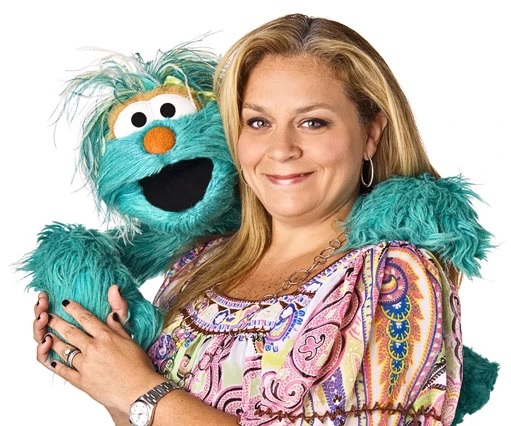
Carmen Osbahr is best known for performing the lovable, joyful monster Rosita on Sesame Street, a job she describes as “the best thing that ever happened to me.”
But her original love of puppetry began in Mexico City, where she was a teenager – a musician and an athlete – who tried out for a puppetry workshop on a whim. It was while working a random cow puppet that something clicked and she saw puppetry as an opportunity.
“Something turned in my brain, like the feeling that I knew I could do this and I really wanted to try to make this work,” she said.
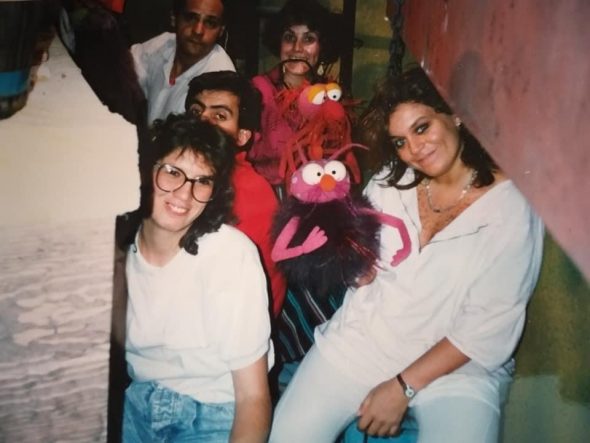
She ended up performing puppets on three hit television shows in Mexico, one a live game show called XE and two other scripted children’s show, El Tesoro del Saber (The Treasure of Knowledge) and Super Ondas (Super Waves). She was happy in Mexico with her family, friends, and job, but she knew she wanted more artistically. Plaza Sésamo, the Latin American co-production of Sesame Street, was having auditions, but they didn’t have any female puppet characters at the time. At the urging of puppet builder Kermit Love, whom she had met at the audition for Plaza Sésamo, she visited New York and the set of Sesame Street. Originally thinking she could pick up some puppetry tips to bring back to Mexico, instead she saw the magic of Sesame Street and decided to stay.
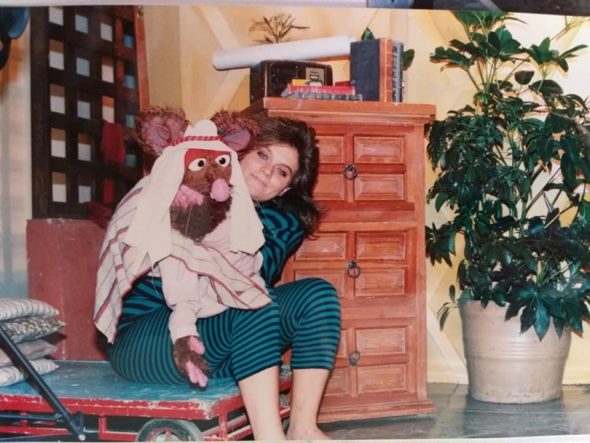
Her first year she was observing, then assisting puppeteers, including Jim Henson and Frank Oz. She described Jim as a “goof ball” and said she liked assisting both Jim and Frank, even though they teased her like older brothers.
She didn’t speak much English at first, but they had the common language of puppetry. And laughter. Carmen observed Jim and Frank film the classic Oklahoma skit in which Forgetful Jones drives Kermit to flailing-arms frustration by not remembering the opening letter of Oklahoma in a musical where he has been optimistically miscast to sing the title song (please just watch it – no description will do it justice).
“I was a little fly in the corner,” said Carmen. “I was such in awe of everybody, having fun, enjoying each other. I was in heaven, thinking how clever, this way of teaching, how amazing this group of people enjoying themselves and laughing.
“I will never forget the feeling and thinking, wow, I want to be part of that.”
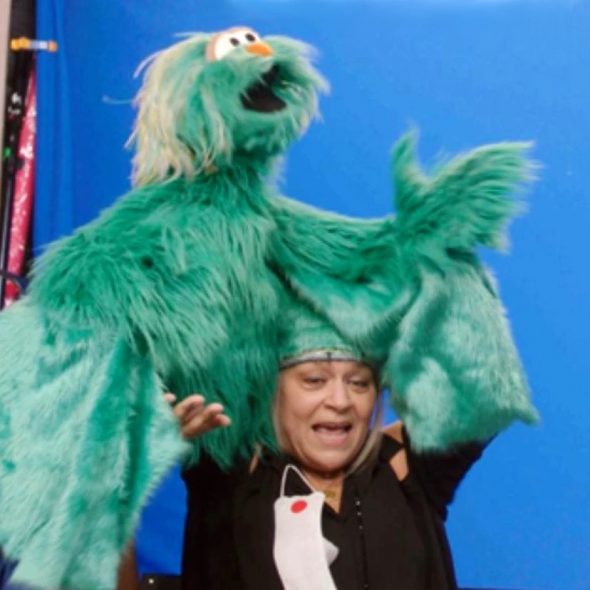
Carmen was hired in 1989 and Rosita joined the cast in Season 23. Carmen was one of few women and the only Latina puppeteer on the set. She said she sometimes felt like an immigrant in the same way that Rosita was an immigrant on Sesame Street. At first she struggled to find her voice, both with the language and with the culture.
She was asked to perform more like “Ricky Ricardo,” a reference she felt was stereotypical and inauthentic. Skits for her often had mariachis and a fiesta in the background. As Carmen grew into the role, she found more space to share her perspective and develop Rosita not as an American might view someone from Mexico, but as a Mexican.
“We don’t walk down the street and have mariachis following us,” she said. “After a few years I started telling them, not everything is a fiesta and colorful paper.”
While Sesame Street has always been celebrated for its diverse human cast, it has made more of an effort in recent years to increase the variety of race, ethnicity, and cultures below the frame. Carmen is glad to see that more puppeteers of all different colors and backgrounds are bringing a variety of new perspectives.
Rosita is in the main cast of Sesame Street, but all puppeteers are called to help out with background characters. Carmen said her focus is bringing heart and emotion to each character, whether it is the number 15, a nameless princess, or a neighbor making a one-off appearance. She remembered Jim saying that kids don’t remember what you are trying to teach them, they remember who you are.
“You have to think about who is this character? Why is it there? It is alive for one second but it has a mission,” she said.
She likes getting lost in the moment, when the idea of a script and audience disappears, and she can just be a monster playing around on Sesame Street and laughing with friends.
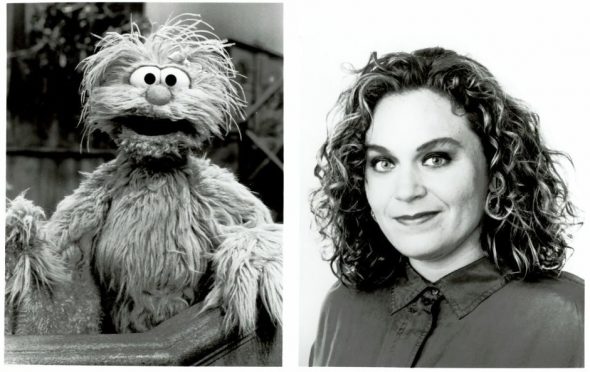
But even for a job that she considers magical, it isn’t always easy. She was hired by Jim a year before he died, and he remains a big influence in her life. Soon after Jim’s death, Kevin Clash cast her in Billy Bunny’s Animal Songs, a direct-to-video production. She was worried because she had a character with dialogue important to the story and she wasn’t sure that her English was good enough.
She tried to draw on the strength that Jim had believed in her, but she didn’t feel that she belonged there. She was intimidated by the experienced puppeteers surrounding her and the director was difficult and pointed out her every mistake, making her feel insecure and doubting her decision to move to New York. Especially without Jim.
On the fourth day of shooting, Kevin checked in on her because she was uncharacteristically quiet. She told him that shoot was the last thing she was doing before she returned to Mexico.
“I told him, ‘The only person who believed in me is gone.’ And he said, ‘Nope, you are here for a reason. He believed in you, I believe in you, we all believe in you.” He told her this could be her moment to show why she was here, a message she took to heart and – thankfully – decided to stay on in New York.
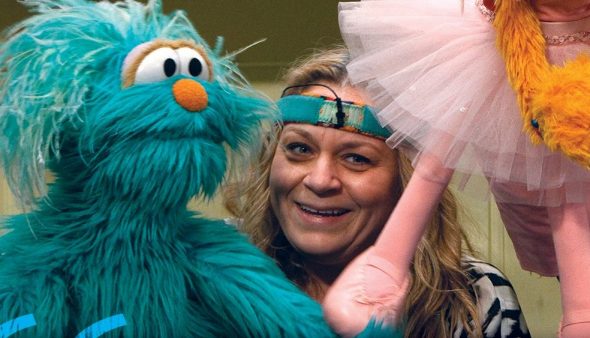
Others also encouraged and supported her in the beginning. She fondly remembers Jane Henson setting up workshops to help her with puppeteering. Once a week she would go to the Carriage House (former Jim Henson studio and workshop at 227 E. 67th St.) where Jane set up a camera and they put on some puppets and music and would dance and have fun, helping Carmen get comfortable and gain confidence.
She also said Richard Hunt was sweet and took the time to work with her on her puppeteering, even though she was a little scared of him. “He saw that mentoring as very serious,” she said.
Carmen has three decades on Sesame Street, was on three hit shows in Mexico, and puppeteered on The Puzzle Place, Bear in the Big Blue House, and Dog City, among other projects. But she said she is most proud of the outreach work she did with Sesame Street aimed at military families, which included videos to help parents and children cope with deployment and how people can change, mentally and physically, from the injuries they sustain in combat.
She remembered reading the script where Rosita’s father comes back from deployment in a wheelchair and thinking through what it must be like as a 5-year-old to have someone in the family injured. Her son was 8 at the time and she thought of him dealing with something so heavy at such a young age.
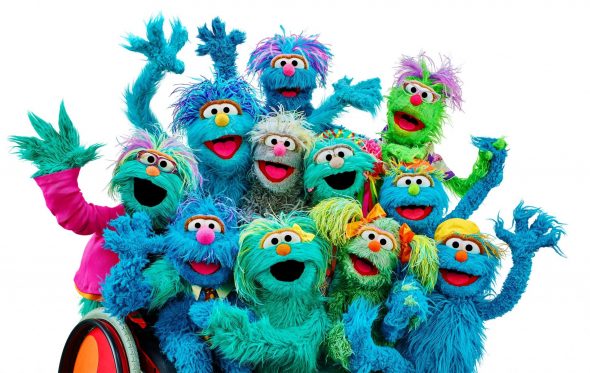
Puppeteers traveled to military bases around the world and met the children and families who lived there. From the connections she made with military family children, she knew she was making a difference.
“It’s not ABC’s,” she said, “but it’s life.”
It made Carmen reconsider her decision to not become a US citizen. Originally, she had a green card and was fine to work in the US without citizenship. But then she had a son who was an American. And she met these families who were enduring struggles and injuries to protect the country where she lived. She decided to become an American and got her citizenship in 2011.
Carmen has taught many children letters, numbers, and songs over more than three decades on Sesame Street. Rosita might be the first Mexican character children see. Ovejita, the lamb she played alongside Murray the Monster, introduced many children to Spanish words. But the greatest lessons seem to come from the person she is – someone who is unafraid to show emotion and be herself, someone who didn’t give up, someone who followed her dreams. She called puppeteering difficult, but rewarding.
“I didn’t know that I was going to be doing this,” she said. “I just listened to what life put in my way. I’m so happy I followed the signs and that I had people to guide and support me. I’m very lucky.”
Click here to tune your guitar on the ToughPigs forum!
by Drake Lucas



